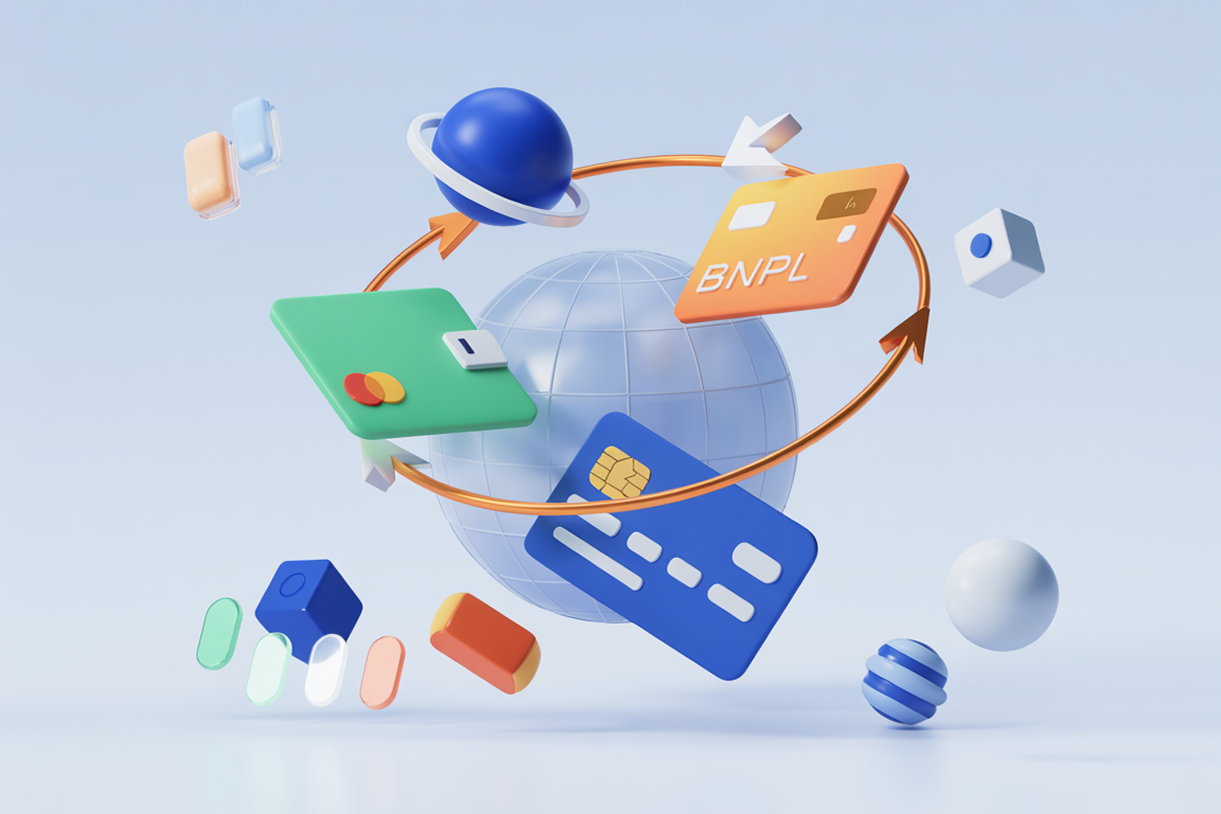Pay What You Want (PWYW) - A Pricing Model That Boosts Sales
Unlock the power of Pay What You Want (PWYW) pricing! Discover its benefits, key aspects, and how to implement this flexible model to boost your sales.

Pay What You Want (PWYW): Flexible and efficient pricing
The "Pay What You Want" pricing model is becoming more and more popular. This approach offers creators and their customers a whole new level of flexibility and engagement. By allowing payment for a product in any amount, we receive a lot of valuable information from customers and… we earn more!
How exactly does this happen, and why can this model be effective?
Flexible pricing = higher revenue from fans
The PWYW pricing strategy allows creators to increase their revenue. Customers are offered the freedom to set the price based on their perceived value, which often leads to paying more than the creators would expect. The creator can suggest a price for their product or service, while still allowing customers to pay more if they choose. And that could lead to higher earnings than conventional pricing methods.
It's also a cool option for fans of the creator, who are usually willing to pay a bit more than others, which is why in Easycart, you can combine the PWYW model option with traditional pricing variants. This way, we let customers pay what they are willing, which may result in higher income, especially if your pricing scheme was undervalued.
Our customers are different and perceive product value differently
Thanks to ‘pay what you want’ pricing products become accessible to a wider range of customers. It's a simple change that can improve revenue in unexpected ways. The creator can set a minimum price, ensuring economic security while not limiting customers opting for a higher price. Different people browse the cart — some are already familiar with the brand, while others are new customers just discovering your goods or services. The pay what you want approach allows the customer to decide how much they value the product and what they are likely to pay.
Additionally, within Easycart, you can set a minimum price. This is a good practice for products that generate costs for the creator when delivered, or if we simply want to ensure that the customer doesn’t pay lower than the standard price.
PWYW attracts new visitors
Pay what you want strategy can lead to a rise in new visitors. This is because the model can encourage people to take an interest in a product, service, or event that they would normally ignore if it had a fixed price.
Setting a pricing strategy and better pricing
Creators can use PWYW pricing strategy as a tool to gather information and better understanding of what customers are willing to pay for their work. This opens up the price and allows the market to decide, giving you valuable insights into how to price products. From our experience, creators often undervalue their work and ask customers to pay less than they might if given the chance to name their own price. In practice, the more niche the product, the higher the price should be because we naturally expose ourselves to fewer buyers.
This isn't obvious to all creators, which is why it's worth setting up a pay-what-you-want variant, even just at the beginning of selling a product aimed at a new group. And then you can use that information to set your final pricing policy. PWYW is an effective tool for penetrating a new market or introducing a new brand, as even consumers with very low valuations are less likely to walk away without paying when they can contribute small amounts for the same product.
Flexibility and control over prices
The pay what you want business model gives creators control over when their pricing plan becomes active. They can set their own suggested price, minimum price, or disable the feature whenever they decide to change the payment option.
In Easycart, we provide you with all the important tools to effectively prepare such a campaign, including:
- the ability to add various price options and "Pay What You Want" as an additional one
- the ability to sell exclusively within the "Pay What You Want" model
- setting a minimum price, ensuring that buyers pay at least the amount you target
- setting a suggested price for customers
All these options make the "Pay What You Want" payment option very flexible and open to interesting experiments.
Building a loyal customer base with pay what you want
Another benefit behind pay what you want is that it can attract a broader customer base, who, after the first purchase, are more likely to make further transactions. The creator can easily communicate with them using email marketing tools, informing them about new offers, product releases, or updates.
This strategy not only offers pricing flexibility but also builds customer trust and satisfaction. In this way, creators show buyers that they value their opinions and aim to provide a fair pricing strategy.
Donations and contributions with PWYW prices
A natural place where we can use the "Pay What You Want" option is selling contributions or accepting donations. With Easycart, you can easily add a range of predefined support options and then include an additional option for customers to set their own donation amount.
Check out how it works with the checkout example from Betlehem Church, which is collecting donations to build a new Christian center in Krakow, Poland.

Are there any downsides of pay what you want pricing?
Certainly, "Pay What You Want" shouldn't be our primary or long-term pricing strategy, as it produces rather unpredictable results.
Additionally, while we don’t like to question human decency and people’s willingness to pay, we must be aware that there are quite a few people who will want to get our products at a lower price this way. In our opinion, this shouldn't be a major concern — most often, these are people who wouldn't be likely to buy our products anyway. However, having such people in customer databases may not be a good long-term strategy.
Therefore, we recommend using this option especially for new products, price testing, products with a large fanbase, or when selling vouchers or contributions, or accepting donations.
How did we test how PWYW pricing works in Easycart?
Together with Adam, we tested the "Pay What You Want" model by selling our e-book in English, running several experiments. The first allowed buyers to pay whatever they wanted. The second included a price suggestion. Finally, the third also included a minimum price. All these options yield different results, depending on the outcome we want to achieve.
In our case, setting a suggested price without a minimum price worked best. People who normally wouldn't have bought our product got it for free, but at least they were added to the list, and we can build their trust and offer them more products in the future.
Related articles
Ready for more? Check out these related articles that will keep your momentum going. They’re packed with easy-to-follow tips and tricks to help you supercharge your digital goods business.
Take it easy with Easytools
Focus on creating, and let Easytools handle the behind the scenes work.





